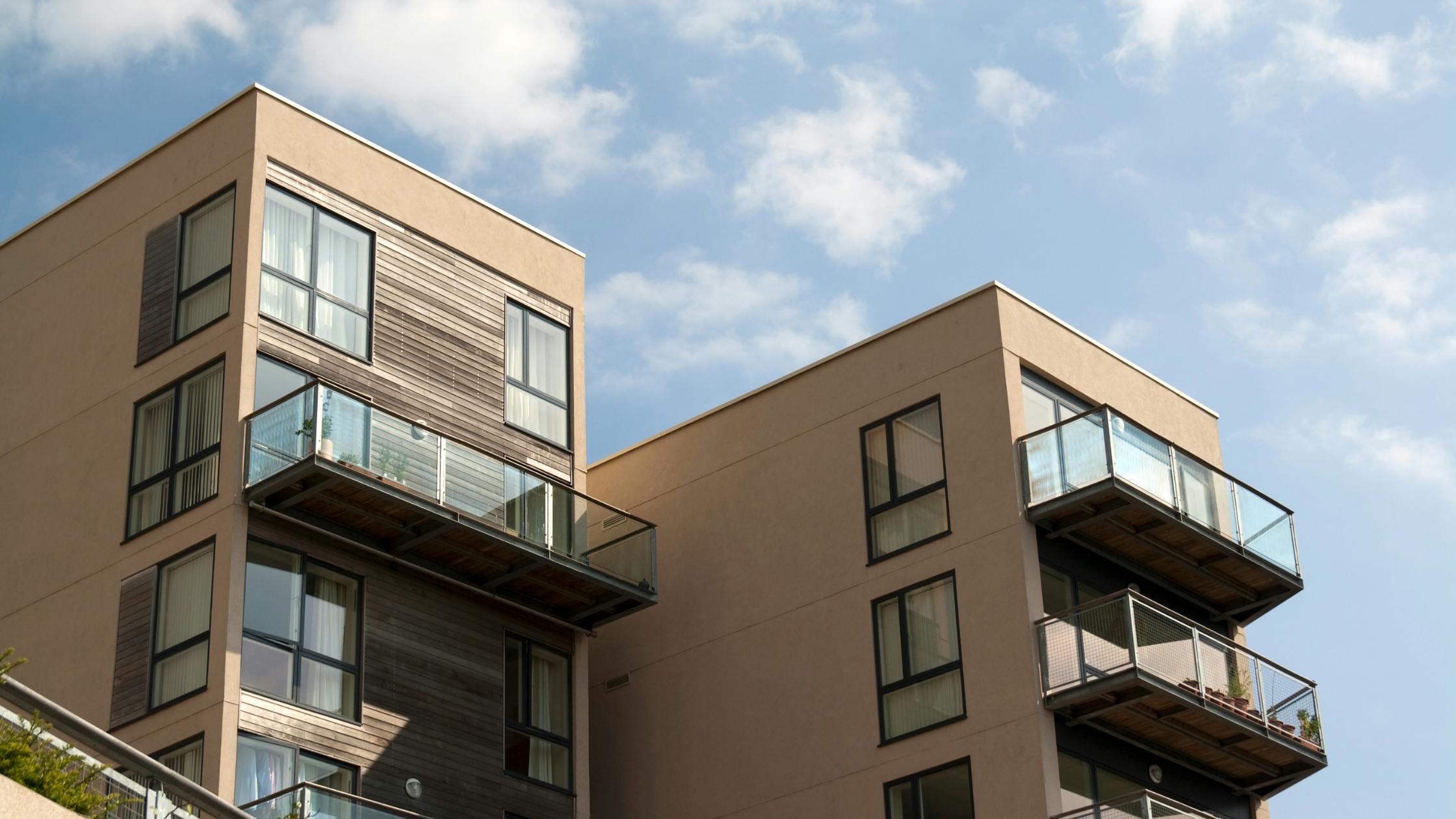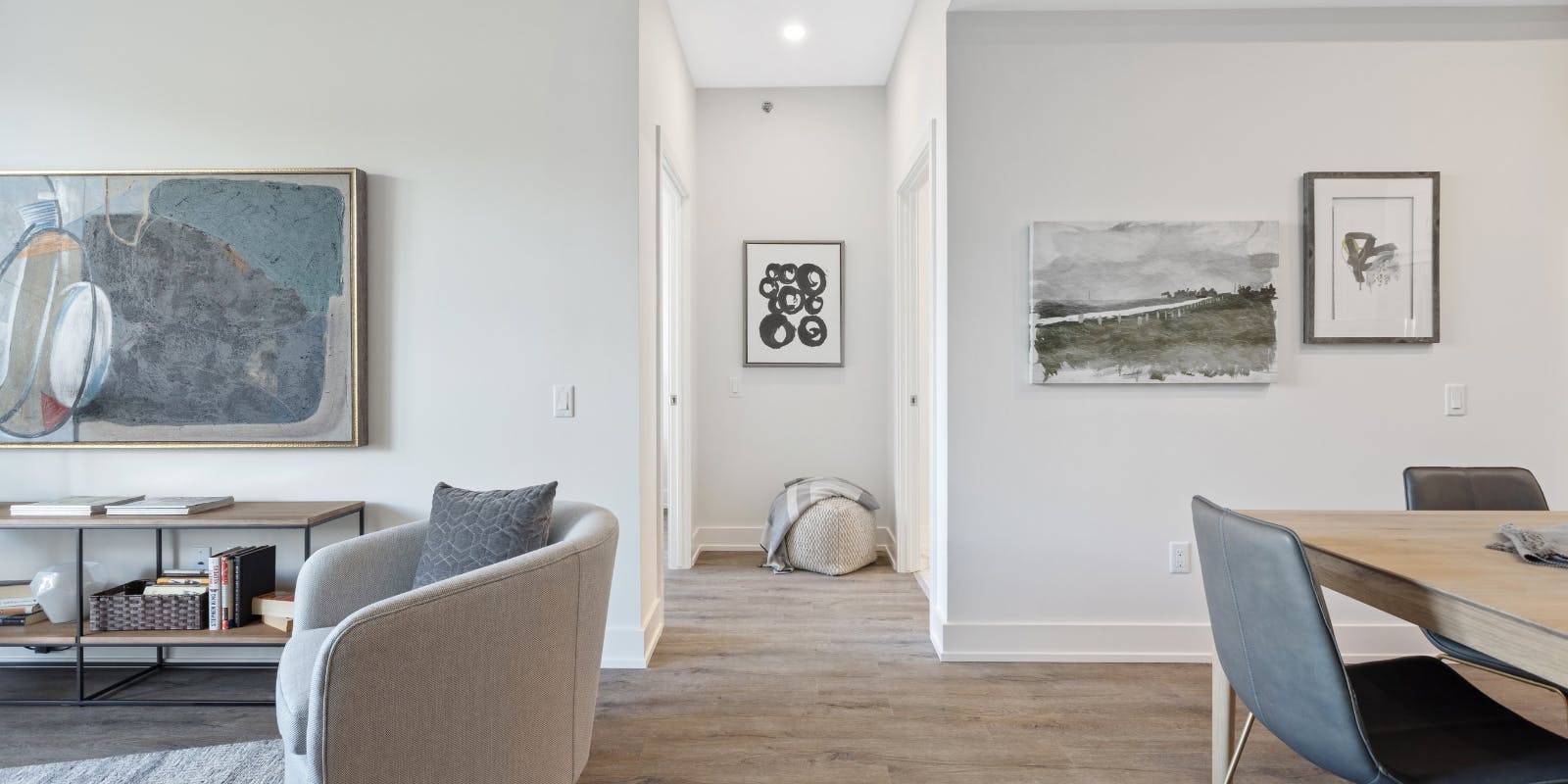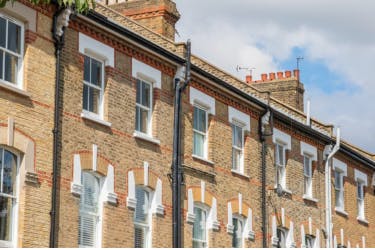Buy to let vs residential mortgage: What's the difference?
What’s the difference between a buy to let (BLT) and residential mortgage? It’s a good question. The two are similar in some respects, but you can’t buy an investment property with a residential mortgage or a home to live in with a buy to let mortgage.
In this guide, we've outlined the key differences between these mortgage types, and answer your burning questions around how buy to let mortgages work.
In this guide
- What is a buy to let mortgage?
- What’s the difference between a buy to let and residential mortgage?
- How do buy to let mortgages work
- What is top slicing?
- Are buy to let mortgages interest only?
- What deposit do I need for a buy to let?
- Are buy to let mortgages more expensive?
- Who can get a buy to let mortgage?
- What impacts your ability to get a buy to let mortgage?
- Can first time buyers get a buy to let?
- Do you need a buy to let mortgage to rent?
- Can I change my mortgage to buy to let?
- Can you put a family member in a buy to let? property?
- Is a buy to let worth it?
What is a buy to let mortgage?
A buy to let mortgage is a loan supplied by a mortgage lender that allows you to buy a home which you are going to rent out to tenants to live in.
What’s the difference between a buy to let and residential mortgage?
A residential mortgage, or buy-to-live mortgage, is a loan you get from a mortgage lender to buy a home which you are going to live in. In comparison, a buy to let mortgage is a loan you get from a mortgage lender to purchase a property which you are going to let, or rent out, to other people to live there. This is why buy to let mortgages are the type of mortgages landlords get when they purchase a property they want to rent out to tenants.
How do buy to let mortgages work
With a residential mortgage, lenders calculate how much you can borrow for a mortgage based on your income. Typically you’ll be able to borrow between 4-4.5x your household income. When it comes to a buy to let mortgage, the amount you can borrow is based less on what you earn and more on the amount you’re likely to earn from your tenant’s rent. Lenders will research average rents in your chosen area before deciding whether to approve your application. Most of the time, they’ll want your rental income to cover 125% of your mortgage payments.
To minimise the risk of void periods (when the property is unoccupied), lenders will also look at how much demand there is for similar properties in your area.
This doesn’t mean your salary isn’t important, though. You’ll usually need to earn at least £25,000 a year to get a buy to let mortgage. Lenders will also want reassurance that if interest rates were to rise, you’d still be able to afford the repayments.
If you have a higher salary, some landlords will lower their expectations when it comes to rental income. A higher salary can give them confidence that you can make up the shortfall even if the property is unoccupied.
Read more: What is mortgage affordability and how does it work?
If you’re struggling to afford the buy to let based on the projected rental yield, you can ask a mortgage broker to look at your options if you were to use top-slicing.
What is top slicing?
Top-slicing is where a buy to let mortgage lender uses your personal income to ‘top-up’ any shortfall in borrowing - for example, if the rental yield isn’t high enough.
Do you have a buy to let property already but are struggling to keep up with your mortgage repayments? Top slicing is one tactic to make your buy to let more affordable. Find out more about how to remortgage an unaffordable buy to let here.
Are buy to let mortgages interest only?
Interest-only mortgages tend to be more popular among landlords and buy to let mortgage providers, but not all buy to let mortgages are interest-only. If you choose an interest-only mortgage, you’ll only pay the interest throughout the mortgage duration. Once the mortgage term comes to an end, you’ll need to pay back the actual loan. Normally, this means you would need to choose to sell the property to pay off the outstanding mortgage loan, but it’s not always this straightforward.
If you choose a repayment mortgage, you’ll have paid the property off in full by the end of the term. The property will then be yours outright, and you can choose to keep or sell it.
What deposit do I need for a buy to let?
Lenders will often restrict buy to let mortgages to a loan to value (LTV) of around 75%, meaning you’ll usually need a deposit of at least 25%. This is more than you’d typically need for a residential property, where deposits of 10% are more common.
Although you can get a residential mortgage with a 5% deposit through schemes such as Deposit Unlock, or a 0% deposit mortgage through a Savings as Security mortgage.
See what you could be offered for a buy to let mortgage
When you create a free Tembo plan, we'll check your eligibility for thousands of mortgage products from across the market - in seconds. At the end, you'll get a personalised recommendation of your max borrowing potential for a buy to let mortgage.
Are buy to let mortgages more expensive?
Yes, buy to let mortgages can be more expensive than standard residential mortgages. This is because you normally need to put down a bigger deposit for a buy to let mortgage, and may pay a higher rate of interest, which will make your monthly repayments more expensive. On top of this, you’ll also face a number of additional costs that come with being a landlord, such as letting agent fees, legal and administration fees, maintenance costs and higher tax (both income tax and stamp duty).
Who can get a buy to let mortgage?
Anyone can get a buy to let mortgage, as long as they can pass a lender’s affordability checks and criteria. Lenders tend to see buy to let mortgages as higher risk than residential mortgages, so you may need to jump through additional hoops that you wouldn’t face if buying a home to live in yourself.
Some lenders will only offer buy to let mortgages to investors who already own their home, whether outright or through a residential mortgage. But as we’ll explain, this doesn’t mean it’s impossible to get a buy to let mortgage as a first-time buyer.
What impacts your ability to get a buy to let mortgage?
There are a number of factors which impact your ability to get a buy to let mortgage, namely your credit score, your age and if you are a first time buyer.
1. Your credit rating
You’ll usually need a good credit rating to get a buy to let mortgage. Lenders will also want to see that you’re not overstretching yourself financially. If you have a lot of outstanding debt, whether it’s through other mortgages, personal loans, or credit cards, you might have fewer lenders to choose from.
2. Age limits
You might find it harder to get a buy to let mortgage if you’re in your 50s or above, though this doesn’t mean it’s impossible.
Many lenders set upper age limits, usually around 70 to 75-years-old. This is the age you must be when the mortgage term ends, not when you apply for the mortgage. So if you choose a lender with an upper age limit of 75 and you want a 25-year mortgage term, you’ll need to be 50 or younger for your mortgage application to be approved. Thankfully, some lenders have much higher age limits and others have no age limit at all.
If you’re worried that your age could limit your options, speak to a mortgage broker. Here at Tembo, we can compare hundreds of mortgages from across the market to find the right one for you. We even have access to mortgage deals that you won’t be able to access through lenders directly, meaning we may be able to find you a better deal.
Can first time buyers get a buy to let?
Yes, it is possible to get a buy to let mortgage as a first-time buyer, but that doesn’t mean it’s easy.
Here are a few things you’ll need to consider…
1. You’ll need a bigger deposit
You’ll usually need a bigger house deposit for a buy to let mortgage than if you were buying a property to live in yourself. And with house prices rising so steeply, it can be a struggle to save even a small deposit.
Read more: How to save for a house
2. Stamp duty complications
Buying a buy to let property will also mean you’ll miss out on some first-time buyer benefits such as stamp duty first-time buyer relief. This means you’ll have to pay stamp duty on your investment property, but you won’t have to pay as much stamp duty as a non-first time buyer purchasing a buy to let property. Instead, you’ll be charged the ‘home mover rate’, which is the same rate that non-first time buyers pay when buying a home to live in.
If you eventually decide to buy a property to live in yourself and you’d like to keep renting out your investment property, you’ll have to pay the full buy to let/second home surcharge.
We warned you it wasn’t easy! 😅 Luckily, we’re here to help you work out if now is the right time to buy and how much you can afford.
Take a look at our guide to stamp duty for first-time buyers to learn more or use our Stamp Duty Calculator to see what you could pay.
3. You can’t use your Lifetime ISA
If you’ve been saving for your first home in a Lifetime ISA, you unfortunately won’t be able to use the bonus towards an investment property. And if you remove your savings from your LISA for something other than your first (residential) home or retirement, you’ll also be charged a fee on the amount you withdraw, leaving you with less money than you put in.
Now we’ve covered what you need to consider, let’s dive into the pros and cons of buying a buy to let property as a first time buyer:
Pros & cons of buying a buy to let as a first time buyer
Pros
You could invest in property in a cheaper area, without having to move house
The money you earn from rental income could go towards your own living costs or building up a source of passive income
You won’t have to pay as much stamp duty as an experienced landlord
Cons
There’ll be no first-time buyer stamp duty relief
You can’t use the Lifetime ISA bonus for a buy to let property
You’ll be charged a penalty for using Lifetime ISA savings for buy to let
You might find it harder to get a residential mortgage further down the line, because lenders will assess your affordability with your buy to let mortgage in mind
Do you need a buy to let mortgage to rent?
Yes, unless you own the property outright, you need a buy to let mortgage to rent it out.
Can I change my mortgage to buy to let?
Yes, it is possible to change your mortgage to a buy to let mortgage. However to do this, you need to be approved for a buy to let mortgage by a lender, which means you'll need to meet their affordability and eligibility criteria. You’ll need to switch to a buy to let mortgage before you let tenants move into the property, and you cannot live in your buy to let property yourself.
This process is normally called a Let to Buy mortgage, and is normally used by accidental landlords who bought a home for them to live in, then later down the line turn their residential mortgage into a Buy to Let to rent out while they buy a new home. Find out more about Let to Buy mortgages here.
Can you put a family member in a buy to let? property?
Yes, you can put a family member in your buy to let property as a paying tenant. However, this is normally done through a Family Buy to Let mortgage instead of a standard buy to let set up. This is because if you're renting to family, you need to have a buy to let mortgage which is regulated.
Find out more about Family Buy to Let mortgages here.
Is a buy to let worth it?
Buy to let properties can be really lucrative, which can make them a worthwhile investment. You’ll earn a regular income and hopefully benefit from capital growth as your property value increases over time.
However, property investment isn’t without its risks and some people find it hard to generate a good return. Your tenants’ rent not only has to cover the property’s mortgage payments, it’ll also need to cover legal costs, maintenance fees, insurance and tax. If you hire a letting agent to manage the property, you’ll need to factor their fees into your budget too. All these costs can eat into your profits over time.
If you’re wondering if buy to let is worth it for you, it may be a good idea to speak to a financial advisor first. If you’d like help finding one, talk to Tembo. We can refer you to one of our panel of five leading financial advisors, depending on what your needs are.
Already made up your mind?
Let us help you find the right buy to let mortgage for you. To get started, create a free Tembo plan to get a free mortgage in principle in less than 10 minutes.



